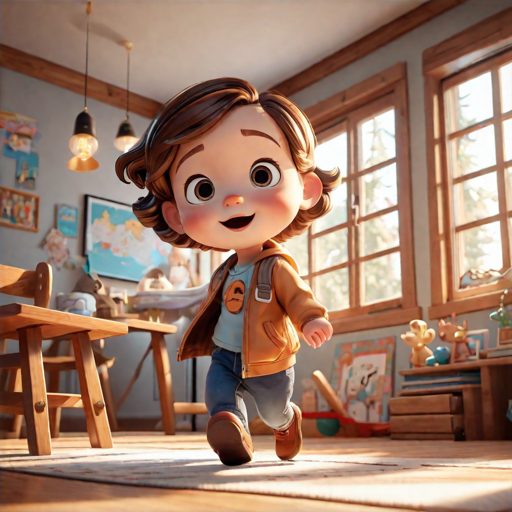Animation, at its core, is the art of bringing drawings or computer-generated models to life. But what truly separates a good animation from a great one is the ability to create believable movement. This seemingly simple aspect holds immense power, breathing life into characters, enhancing storytelling, and drawing audiences into the narrative.
The Illusion of Life:
The fundamental goal of animation is to create the illusion of life. This is achieved by meticulously crafting each movement, ensuring it adheres to the principles of physics and reflects the character's emotions and intentions. This intricate dance between art and science involves several crucial elements:
The 12 Principles of Animation: These principles, developed by legendary animators like Frank Thomas and Ollie Johnston, serve as a guiding light for creating realistic and expressive movement. They encompass concepts like squash and stretch, anticipation, follow-through, and timing, all of which contribute to the illusion of fluidity and weight.
Observing the Real World: Animators draw inspiration from the world around them. Studying how humans and animals move, interact with their environment, and express emotions through physicality is essential for creating believable character actions.
Understanding Anatomy and Weight: Whether hand-drawn or computer-generated, characters need to move in a way that reflects their physical form. Animators need to understand the body's mechanics, weight distribution, and how different muscle groups interact during movement.
Beyond the Technical:
While technical proficiency is vital, creating truly believable movement also involves going beyond the mechanics. Skilled animators imbue their characters with personality through subtle nuances, like posture, gait, and even the way they hold an object. This attention to detail allows viewers to connect with the characters on a deeper level, feeling their emotions and understanding their motivations.
The Power of Storytelling:
Believable movement is not just about creating realistic visuals; it serves the larger purpose of storytelling. By portraying characters' actions in a natural and expressive way, animation enhances the narrative, conveying emotions, humor, and character development more effectively. A character's hesitant walk can reveal their fear, while a determined stride can showcase their resolve.
The Future of Animation:
As technology advances, animation continues to push the boundaries of what's possible. However, the core principle of creating believable movement remains paramount. Regardless of the tools used, skilled animators will continue to be the ones who breathe life into characters, leaving audiences captivated by the magic of movement.


Comments
Post a Comment
All comments are moderated. Please be patient.